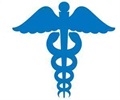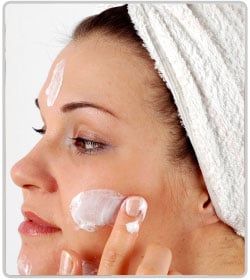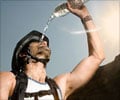Frequently asked questions about Heat Stroke
1) Which doctor should I consult for heat stroke?You should consult a general physician for treating heat stroke
2) What are heat syndromes?
Heat syndromes are a group of six conditions, which occur on exposure to high environmental temperatures. They are:
- Heat Stroke
- Heat exhaustion type1
- Heat exhaustion type2
- Water depletion heat exhaustion
- Heat syncope
- Heat cramps
Heat exhaustion type 1: This is also called salt deficiency heat exhaustion. The condition occurs due to prolonged sweating. It occurs as a result of loss of salt from the body without sufficient replacement. The features are tiredness, nausea, vomiting, giddiness, cramps and dehydration. It can lead to shock if it is left untreated. Patients can be treated by bringing the salt-water ratio and blood volume back to normal.
Heat exhaustion type 2: This occurs after months of chronic exposure to hot and humid environment. The features are early tiredness, headaches, giddiness, and boils on the skin especially around the arms and the trunk, increased heart rate and a sudden increase in the body temperature to 102°F. Asking the patient to rest in a cool room is generally enough to relieve the symptoms.
Heat syncope: This is also known as exercise induced heat exhaustion or heat collapse. This condition occurs in individuals who are not acclimatized to the heat. It manifests as syncope, giddiness and tiredness. Recovery results when the patient is placed in cool surroundings and steps are taken to restore the salt-water balance in the body.
Water depletion heat exhaustion: This condition results in prolonged sweating followed by inadequate replacement of water. There is pronounced thirst, tiredness, and reduced amount of urine production, fever, delirium and coma. A cool surrounding with adequate replacement of water helps the patient to recover.
Heat cramps: It is characterized by the development of painful muscular cramps with heavy sweating and salt depletion. Salt replacement helps to recover the patient from this condition.
3) How to differentiate between heatstroke and heat exhaustion?
| Heat Stroke | Heat Exhaustion | |
| Symptoms | Headache | Headache |
| Flushed Skin | Nausea | |
| Dry Skin | Fatigue | |
| Warm Skin | Dizziness or Lightheadedness | |
| Rapid Bounding Pulse | Actively sweating skin cool and pale | |
| Mental Status | Incoherent speech dis-oriented confused aggressive possibly conscious | Usually conscious may faint |
| Temperature | Over 105 | Over 102 |
| Treatment | Immediate action necessary move to cooler place remove clothes apply cool packs fan to increase air flow transport to hospital | Move to cooler place increase fluids apply cold packs fan may require IV fluids |
4) What are the precautions to be taken to prevent heat stroke on a hot summer day?
- Drink lot of fluids, like water and juices. Avoid carbonated, alcoholic or caffeine containing liquids.
- Do not over exert yourself so as to increase the body's temperature to harmful levels.
- Wear light colored and slightly loose fitting clothes.
- Try remaining in shaded areas to the extent possible.












